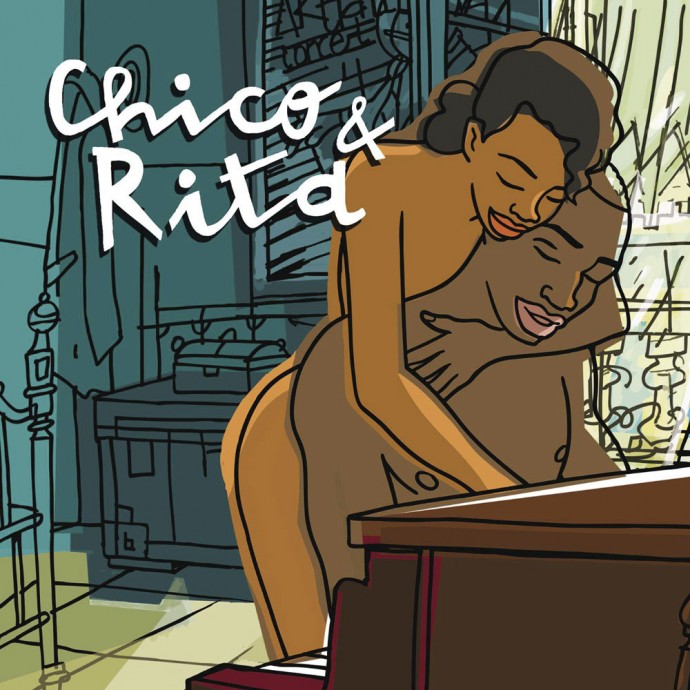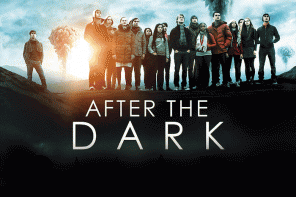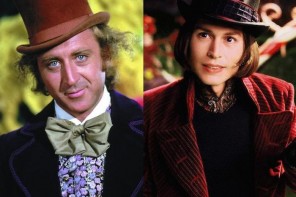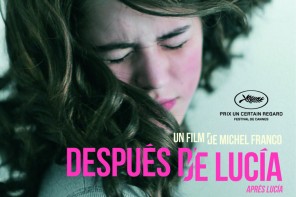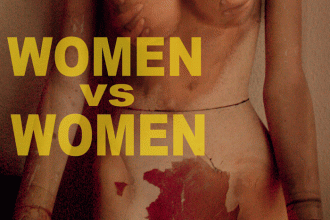Animation is a commonly misjudged film medium, often mistaken for a film genre. Along with this comes the notion that animated films are also only for children, or in the least family friendly, but Chico & Rita (2010), a Spanish animated film for adults, co-directed by filmmaker Fernando Trueba and artist/designer Javier Mariscal, is a breath of fresh air. Set against a backdrop of 1940s/50s Havana and New York, it tells a classic love story during the Cuban music boom of the time.
The film begins in present day Havana, where Chico, a former famed pianist is reminded of his and Havana’s heyday as he reminisces back to the late 1940s. We go back to when Chico is an up and coming pianist who by chance meets Rita, a gifted singer; the two begin a romance and musical partnership. Their tumultuous relationship both has it’s ups and downs, professionally and romantically, taking them from Cuba to New York, to Paris and Las Vegas. The film is as much a story of great love as it is an ode to Cuban music and its influence on American culture during this period.
The project came about when Trueba was at Mariscal’s studio one day looking at some of his drawings. Upon seeing his illustrations of Havana, he got the idea to set a film inside Mariscal’s vision of Cuba. They agreed it should be a story about musicians, and that they would get famed composer/pianist Bebo Valdés to compose the music. Although the story is strong, and the music is an integral part, I don’t think Chico & Rita would be what it is without the animation. It seems to be the key ingredient making the film pop, something extraordinary that hasn’t been seen before in this combination.
From its opening moments, truly picturesque illustrations of modern day Havana set the mood. Mariscal has created such beautiful and detailed backdrops that really bring us into the world of Chico and Rita. The characters themselves are drawn quite simply allowing the backgrounds to be even more vibrant. The way they move is very refined, creating a flow that is slower and smoother than more mainstream animations. This gives the film its sultriness, and a more adult feel. The splendour of mid-century Cuba and excitement of New York are perfectly captured. Mariscal uses colour beautifully to denote the film’s highs and lows, and the ever-changing moods of its two protagonists. The film’s style confirms the fact that animation is simply a medium to express a story, not a defining genre.
The characters even appear to move musically throughout. Trueba explains that while writing the film, he kept in mind how Mariscal would draw each scene, and how Bebo Valdés’ music would play. They wanted to build the film dramatically, and so chose to structure it around the bolero style of music. The period of the late ‘40s, when Cuban music was introduced to America was a very prolific time in music history. This adds to the richness of the story, as it is not only about Chico and Rita’s love, but the music and musicians of Cuba making a name in the world. Valdés was of this original time in Cuban music, hence providing a score that is not only beautiful but authentic as well.
Like Persepolis and Waltz With Bashir, the adult drama genre of animation can be brilliant when executed well. I would love to see more films done in this medium. There is almost an extra weight that can be brought to the subject matter when it is dealt through illustration. Not only does the filmmaker have free reign, limited only by their imagination, but also the nuances of animated characters can be deeply personal. Since an animated character generally has less facial expression than a live actor, I find myself projecting my own feelings onto them. It creates a slightly more personal story, where I feel more invested because I can cater the film around my own thoughts and feelings. Along with this, the medium itself lends so much to visual expression, allowing artists like Mariscal to experiment.
The major Hollywood animation studios, Dreamworks and Pixar, undoubtedly create top-notch animated films, although mostly for children. However, their style has become somewhat formulaic, essentially turning into an illustrated version of Hollywood blockbuster films. This is not just a Western phenomenon – Japanese iconic Studio Ghibli is famed for its films, yet they lack a visual contrast from one another. This idea of creating a singular style of animation, belonging only to one artist, for one film, is akin to real independent filmmaking. Of course the commitment is much greater, but the payoff is something truly unique. Another film like Chico & Rita probably won’t come along for another ten years or so. The combination of Trueba, Mariscal and Valdés is something special; a great pairing that occurs only so often.
Crossing the boundaries of film, art and music, Chico & Rita is a rare gem. Sexy and sassy, yet deeply touching, it fulfills all the requirements of a great film and then some. Chico & Rita reminds us that animation is not just a medium subject to children’s entertainment, that it can also tell a serious adult story. Let’s hope this ignites people’s attention, and helps to demystify the misconception of animation as a medium, not a genre.

